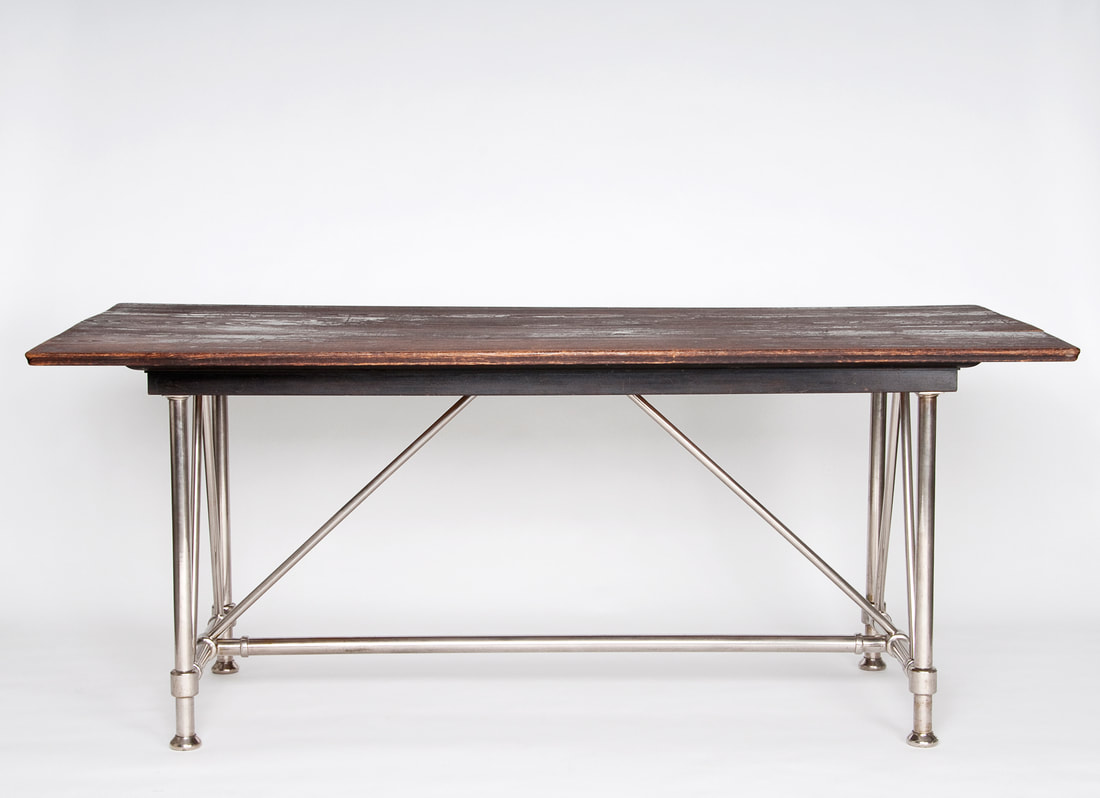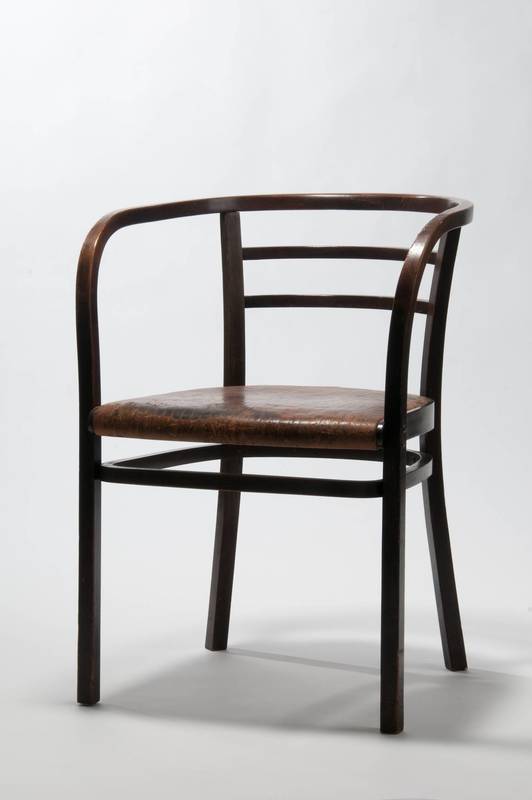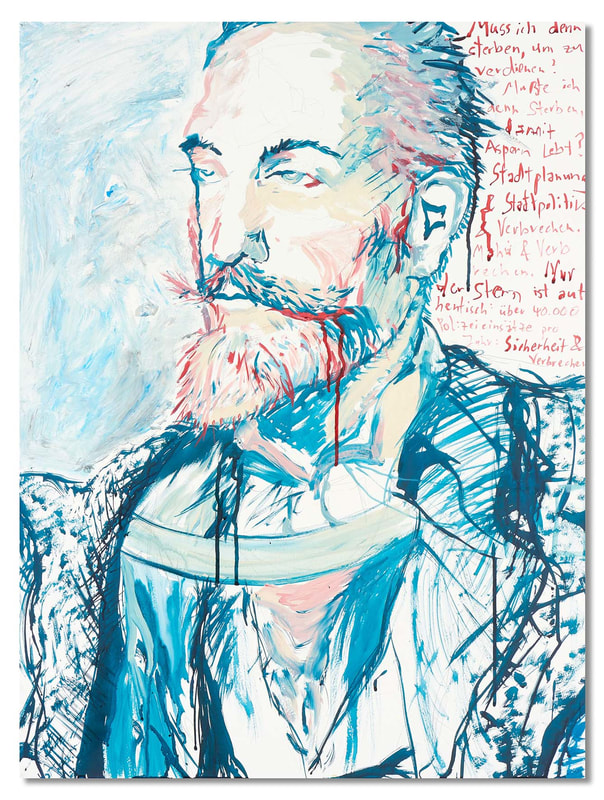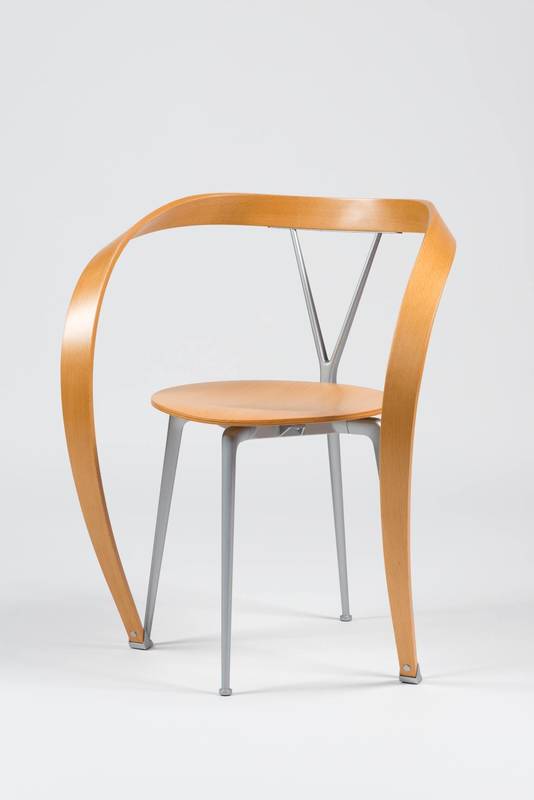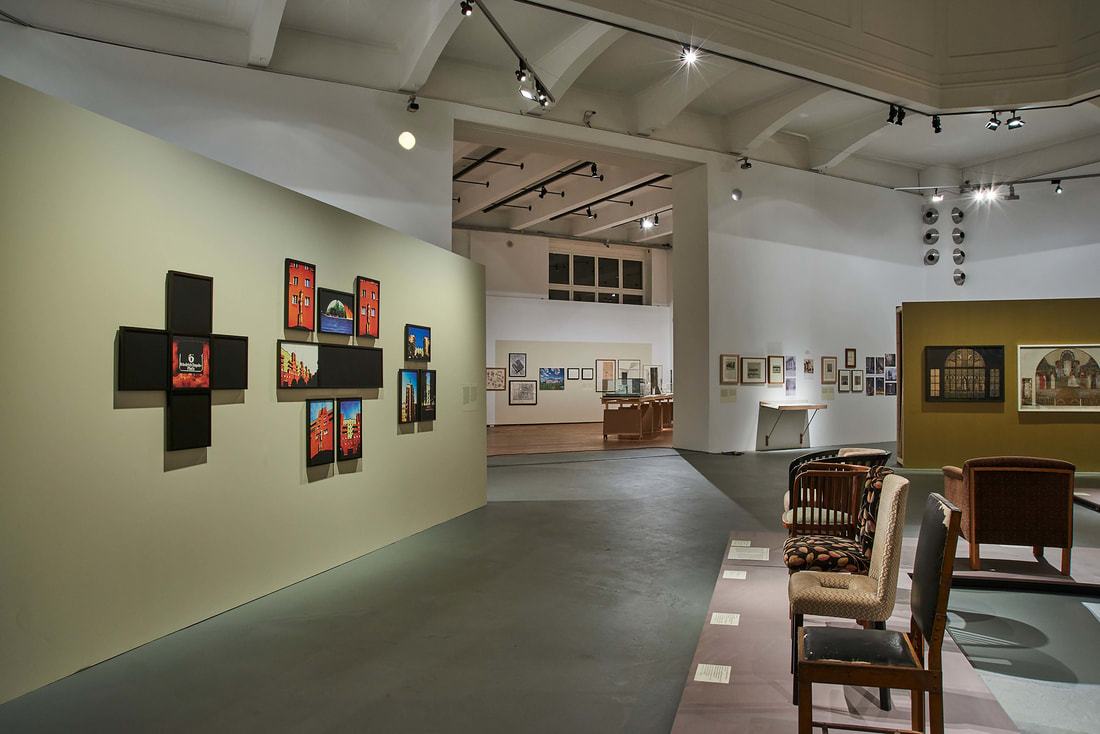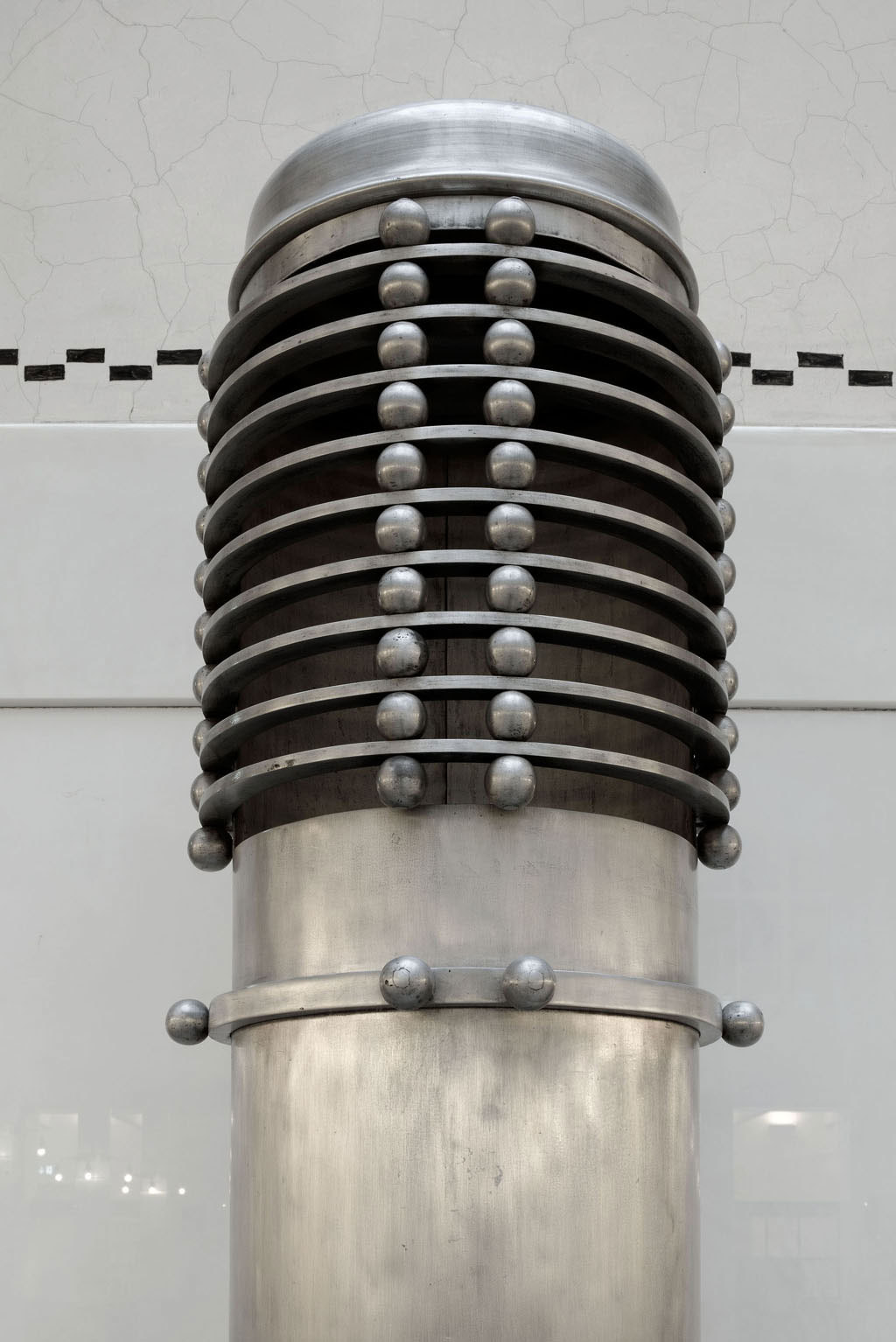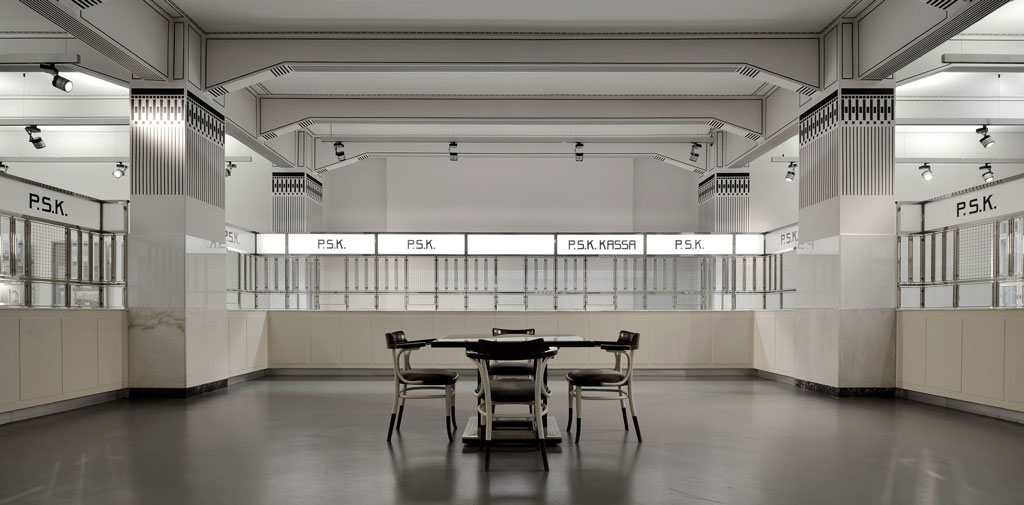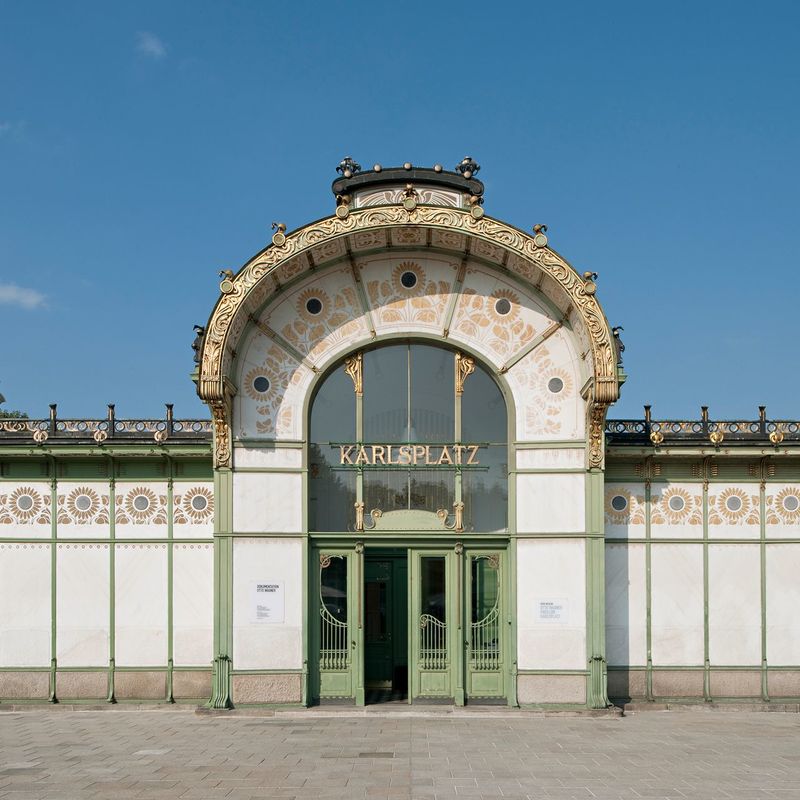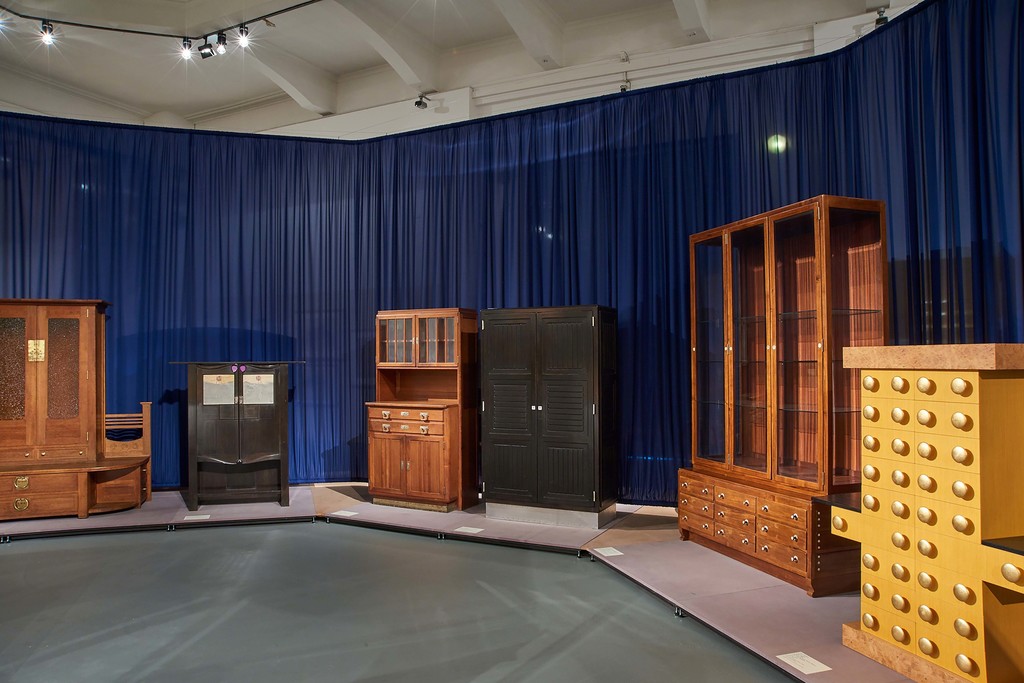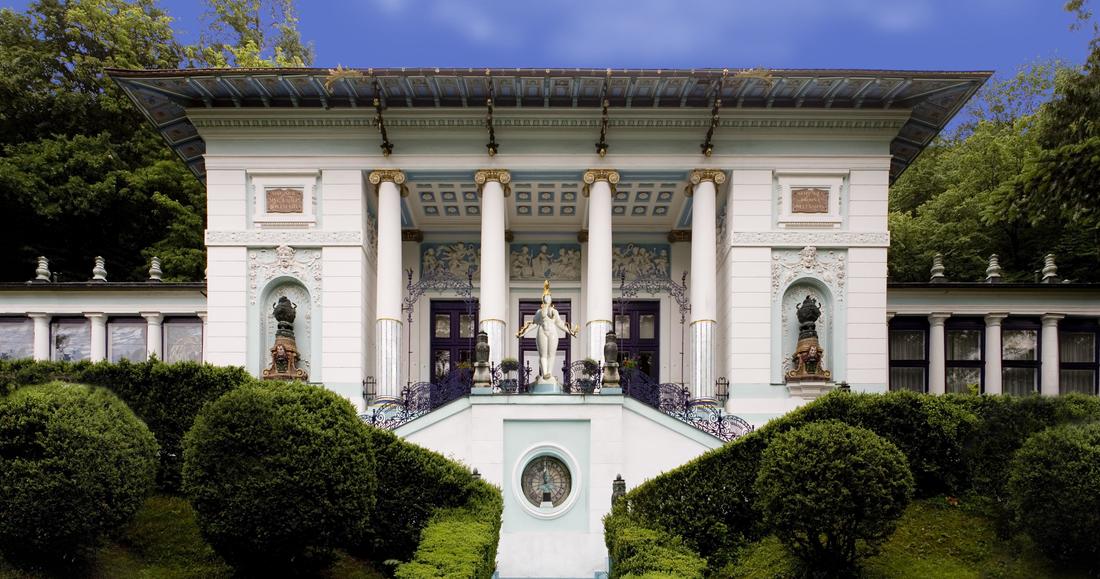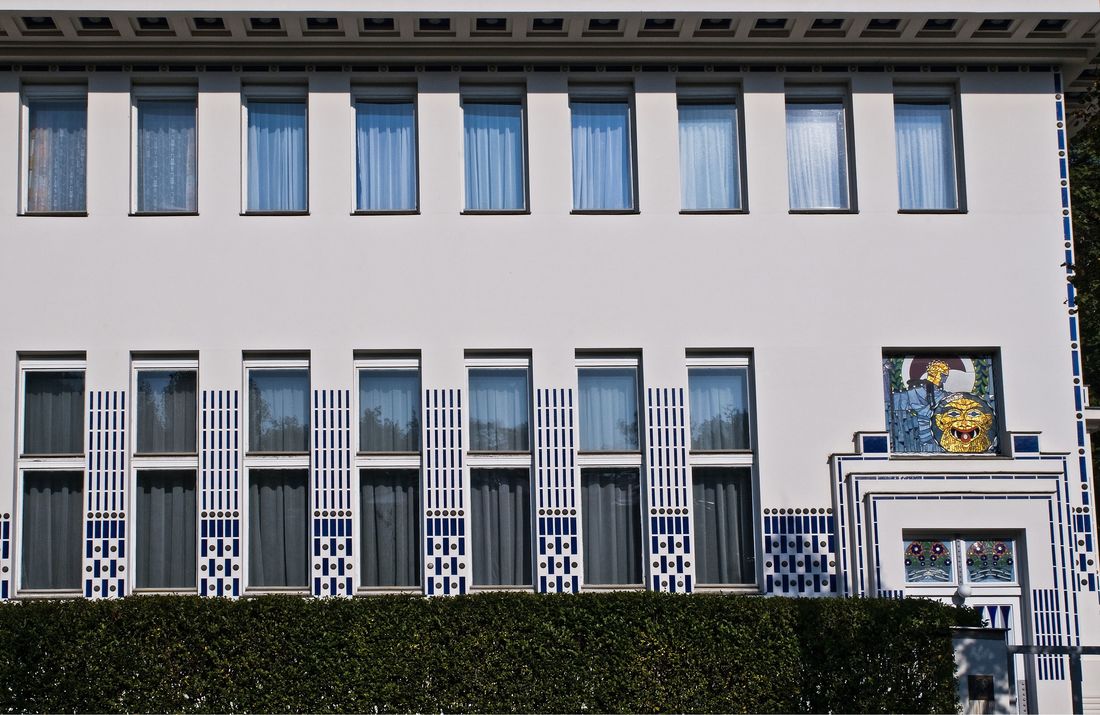In one devastated year, 1918, Vienna had lost four of its art giants, four of those who shaped Viennese modernism: Gustav Klimt died in February; Otto Wagner in April; Egon Schiele and Koloman Moser in October. Now MAK Vienna has opened an exhibition to mark 100th anniversary of Wagner’s death, ‘Postotto Wagner: from the Postal Savings Bank to Post-Modernism.’ A fresh take on the study of Wagner, whom many, including me, consider the father of Modern Architecture. It comes to explore the lasting influence of Wagner’s epochal works on the history of design and architecture. It is hard to understand today the extent of Wagner’s position in shaping the built fabric during the Golden Age of Vienna: architect, urban planner who changed the face of Vienna, professor at the Academy of Fine Arts Vienna, mentor, teacher, and author. His book ‘Modern Architecture: A Guidebook for His Students to this Field of Art,’ published in 1896 is still a mandatory text for anyone seeking to understand modern architecture, a text I often use in my teachings, where he advocated new architecture to suite contemporary ideals. The exhibition at MAK comes to explore Wagner’s influence not only on the first generation of his students, Josef Hoffmann, Joseph Maria Olbrich, Josef Plečnik, Max Fabiani, Leopold Bauer, Jan Kotěra, but also, and not as known, his influence on recent architecture history, and particularly on the proponents of the postmodern movement, Superstudio, Frei Otto, Robert Venturi and Denise Scott Brown, Shin Takamatsu, Walter Pichler, and Hans Hollein. I am thrilled, because this exhibition brings attention to this giant, who, as a student in Berlin was exposed to the architecture of Prussian architect and city planner Friedrich Schinkel, and turned what he learnt into transforming Vienna, but whos legacy has been somewhat forgotten in recent years. At my home, we remember him daily as we live with two of his chairs. Above: Otto Wagner, Tisch für den Ausstellungsraum des Depeschenbüros „Die Zeit“ in Wien, 1902, Ausführung: J. & J. Kohn. © MAK/Nathan Murrell

